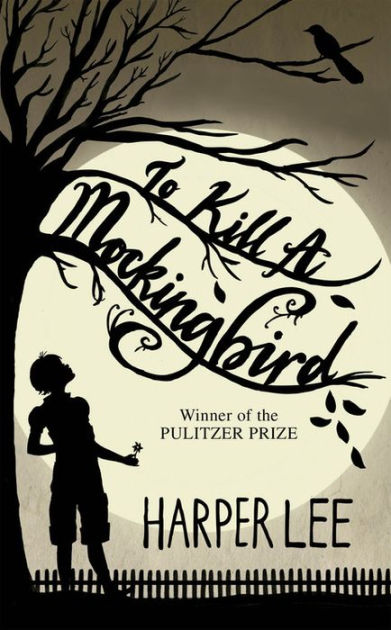Difference between revisions of "To Kill a Mockingbird"
| Line 1: | Line 1: | ||
| − | [[File:To Kill A Mockingbird - Harper Lee.jpg|thumb|To Kill A Mockingbird by Harper Lee Cover Book]] | + | [[File:To Kill A Mockingbird - Harper Lee.jpg|thumb|200p|To Kill A Mockingbird by Harper Lee Cover Book]] |
To Kill a Mockingbird is a novel by Harper Lee published in 1960. | To Kill a Mockingbird is a novel by Harper Lee published in 1960. | ||
Revision as of 11:19, 15 January 2021
To Kill a Mockingbird is a novel by Harper Lee published in 1960. Despite dealing with the serious issues of rape and racial inequality, the novel is renowned for its warmth and humor. Atticus Finch, the narrator's father, has served as a moral hero for many readers and as a model of integrity for lawyers. The historian Joseph Crespino explains, "In the twentieth century, To Kill a Mockingbird is probably the most widely read book dealing with race in America, and its main character, Atticus Finch, the most enduring fictional image of racial heroism." [1]
Contents
Summary
To Kill a Mockingbird takes place in the fictional town of Maycomb, Alabama, during the Great Depression. The protagonist is Jean Louise (“Scout”) Finch, an intelligent though the unconventional girl who ages from six to nine years old during the course of the novel. She is raised with her brother, Jeremy Atticus (“Jem”), by their widowed father, Atticus Finch. He is a prominent lawyer who encourages his children to be empathetic and just. He notably tells them that it is “a sin to kill a mockingbird,” alluding to the fact that the birds are innocent and harmless. When Tom Robinson, one of the town’s Black residents, is falsely accused of raping Mayella Ewell, a white woman, Atticus agrees to defend him despite threats from the community. At one point he faces a mob intent on lynching his client but refuses to abandon him. Scout unwittingly diffuses the situation. Although Atticus presents a defense that gives a more plausible interpretation of the evidence—that Mayella was attacked by her father, Bob Ewell—Tom is convicted, and he is later killed while trying to escape custody. A character compares his death to “the senseless slaughter of songbirds.” [2]
Pros
The book is widely taught in schools in the United States with lessons that emphasize tolerance and decry prejudice. Many residents of Maycomb are racists and during the novel, Atticus is asked to defend Tom Robinson, a black man wrongly accused of raping a white woman. Atticus takes on the case even though everyone knows he has little hope of winning. The reader sees the trial develop through the childlike eyes of Scout, as gradually both she and her brother learn some valuable life lessons from their father about tolerance, empathy, and understanding. [3]
Controversy
Harper Lee’s focus is purely white. Given that her narrator is a child growing up in the 1930s segregated South, maybe that’s inevitable. Perhaps nothing else would be plausible. But one of the book’s central themes is that you need to walk around in someone else’s skin to understand them and Harper Lee doesn’t actually get under the skin of any of the black characters. The closest story about Black residents is only Calpurnia, the family’s cook, but the readers never know what she’s thinking or feeling. Only once does she express an opinion – an event so startling that Scout remarks on it. Calpurnia is in the fictional tradition of the “happy black”, the contented slave. The closest reader could get is Calpurnia, the family’s cook, but never know what she’s thinking or feeling. Only once does she express an opinion – an event so startling that Scout remarks on it. Calpurnia is in the fictional tradition of the “happy black”, the contented slave. [4]
References
- ↑ To Kill a Mockingbird. Retrieved January 13 2021.
- ↑ Foca, Anna. To Kill a Mockingbird. Britannica. Retrieved January 13 2021.
- ↑ To Kill a Mockingbird - Plot summary. Retrieved January 13 2021.
- ↑ Is To Kill a Mockingbird a racist book?. The Guardian. Retrieved January 13 2021.
